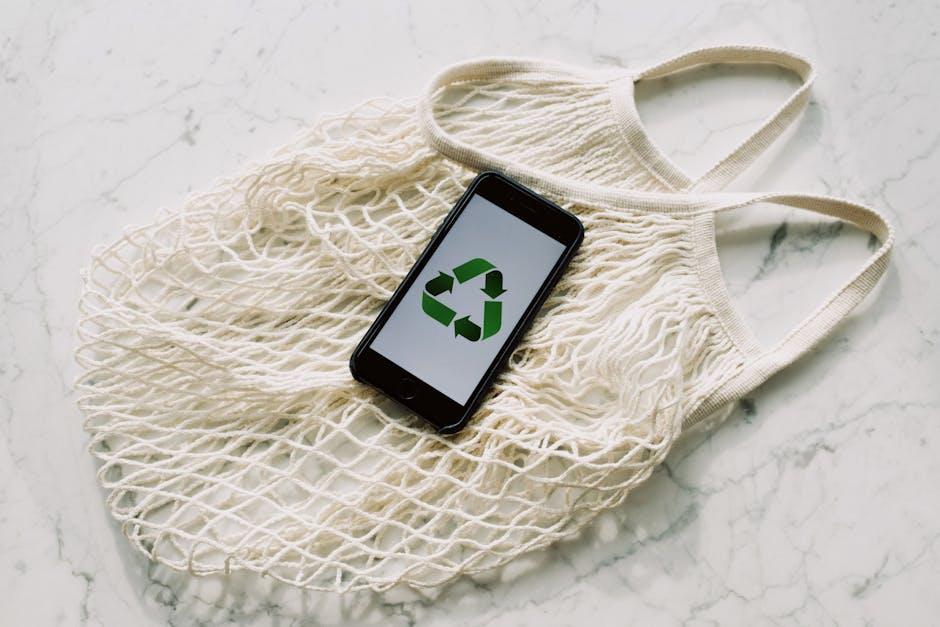In a world where environmental concerns are at the forefront of global discourse, the concept of sustainable design has emerged as a beacon of hope for a better future. By integrating eco-friendly practices into the realm of design, we have the power to create spaces that not only inspire creativity and innovation, but also protect our planet for generations to come. Join us as we explore the principles and practices of sustainable design, and discover how small changes in the way we approach design can have a big impact on the world around us.
In today’s world, it is more important than ever to consider eco-friendly practices when designing buildings and urban spaces. By using recycled materials in construction, we can significantly reduce our environmental impact and contribute to a more sustainable future. Additionally, incorporating energy-efficient technology into sustainable design not only helps to conserve resources but also reduces long-term operational costs.
Another vital aspect of sustainable design is promoting biodiversity in urban environments through the creation of green spaces. By incorporating green roofs, vertical gardens, and urban forests, we can provide habitats for wildlife, improve air quality, and create more livable cities. Implementing green building certifications ensures that sustainability standards are met and maintained for long-term environmental benefits.
In conclusion, sustainable design is not just a trend, but a necessity for a better future. By incorporating eco-friendly practices into our projects, we can reduce our environmental impact and create a more harmonious relationship with our planet. From using recycled materials to energy-efficient techniques, there are countless ways to make our designs more sustainable. Let’s continue to push the boundaries of traditional design and strive towards a more environmentally conscious future. Together, we can create a world that is both beautiful and sustainable for generations to come.


